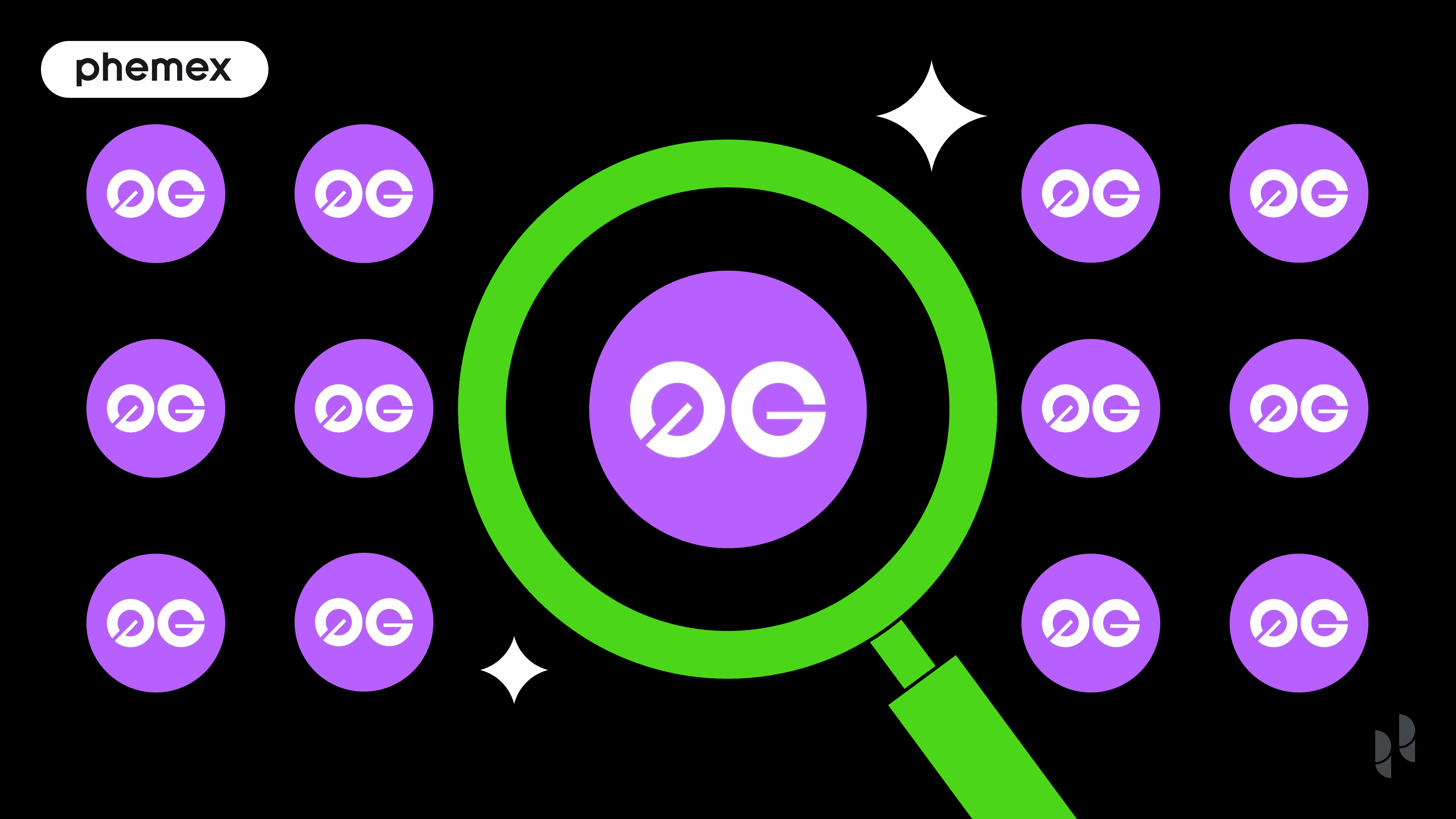What is NEAR Protocol?
NEAR Protocol is a decentralized platform designed for the development and deployment of decentralized applications (dApps). It is a public Proof-of-Stake (PoS) blockchain that aims to address the scalability and usability issues faced by older blockchain technologies like Ethereum. Founded by Alexander Skidanov and Illia Polosukhin, NEAR Protocol focuses on providing high-speed transactions with low fees, aiming to make decentralized finance (DeFi) more accessible and efficient for a global user base.
How does NEAR Protocol work?
The cornerstone of NEAR Protocol's functionality is its unique sharding solution, Nightshade, which enhances the network's scalability and speed. In contrast to traditional blockchains that process transactions linearly, NEAR Protocol divides its infrastructure into multiple shards, enabling parallel transaction processing. This sharding mechanism allows the NEAR Protocol to achieve up to 100,000 transactions per second, significantly reducing the time and cost associated with blockchain transactions.
NEAR Protocol Tokenomics
NEAR Protocol operates on a native token called NEAR, used for transaction fees, storage, and staking. The protocol employs a dynamic inflation model to incentivize network participation, with validators receiving NEAR tokens as rewards. The system is designed to balance supply and demand, maintaining the economic stability of the NEAR ecosystem.
What are the prominent use cases of NEAR Protocol?
NEAR Protocol serves as a foundation for Web 3, setting itself apart from other third-generation blockchains with its user-friendly features for developers. It enables millions worldwide to create and discover new enterprises and communities, fostering a sustainable and inclusive future. Here are some key applications of NEAR Protocol:
Decentralized Finance (DeFi)
DeFi is vital for developing an open web, with its popularity soaring due to Ethereum's success, sparking innovation in blockchain-based financial systems. Traditional financial operations that once took weeks can now be completed in seconds, thanks to DeFi fundamentals. However, the explosion of interest and experimentation in DeFi has also raised barriers for newcomers due to network congestion, high transaction fees, and rising token prices. NEAR Protocol is addressing these challenges by making DeFi more accessible, especially for newcomers in the crypto world. With the introduction of the Rainbow Bridge, DeFi has become operational on NEAR Protocol, allowing creators and users worldwide to engage with it. Assets originating from Ethereum are now fully functional on dApps based on the NEAR Protocol.
Non-Fungible Tokens (NFTs)
NFTs can be viewed as digital vessels capable of holding and transferring Internet Protocol. They enable creators globally to generate, share, and monetize content in new ways. NFTs create a sense of digital scarcity, allowing for the verification of unique ownership of a file or data piece in the digital realm. They act as unique digital certificates recorded on a blockchain, establishing irrefutable ownership of digital or physical assets. NEAR Protocol offers an optimal environment for NFTs, boasting higher speeds than second-generation blockchains.
Decentralized Autonomous Organizations (DAOs)
A DAO operates as a decentralized entity governed by its community rather than by a single CEO or board. All members can engage in governance, making critical decisions through voting, thus fostering sustainable development for the organization. NEAR Protocol utilizes DAOs to eliminate bureaucracy and provide token holders with enhanced accounts, enabling them to manage tokens, NFTs, and other assets more effectively.
Pros of NEAR Protocol
NEAR Protocol offers several advantages, including high scalability, low transaction fees, and user-friendly features like human-readable account names. Its unique sharding solution, Nightshade, allows for efficient data processing and high transaction throughput, making it an attractive platform for developers and users alike.
Cons of NEAR Protocol
Despite its strengths, NEAR Protocol faces challenges such as potential security risks associated with new sharding techniques and the need for wider adoption in the competitive blockchain space. Additionally, the large decentralization gap between NEAR and platforms like Ethereum could impact its long-term viability and security.
More examples of Best AI crypto Coins
The integration of artificial intelligence and blockchain technology has led to the development of several innovative projects. Here are some noteworthy AI crypto coins that represent this exciting intersection:
- Bittensor (TAO): This project introduces a decentralized network allowing machines to learn from each other directly. It aims to democratize the access and creation of AI by providing a blockchain-based protocol for peer-to-peer learning.
- The Graph (GRT): Often referred to as the 'Google of Blockchains,' this protocol indexes and queries data from blockchains in a decentralized manner, supporting many applications in the AI and DeFi ecosystems.
- Render (RNDR): Render tokenizes GPU computing power, providing artists and developers with the resources needed for rendering complex graphics and AI algorithms on a distributed network.
- Theta Network (THETA): This blockchain-powered network is designed to decentralize video streaming, data delivery, and edge computing, making it more efficient and cost-effective, with potential applications in AI-driven content distribution.
- Fetch.ai (FET): This project aims to build a decentralized digital world where autonomous software agents perform useful economic work, delivering data or providing services using AI and blockchain technology.
- SingularityNET (AGIX): Designed to be a global AI marketplace, SingularityNET enables anyone to create, share, and monetize AI services at scale, fostering an environment where AI can be leveraged for global solutions.
- Oasis Network (ROSE): Oasis focuses on privacy-first computing on blockchain, enabling a new type of privacy-centric applications, particularly in the field of secure data sharing and AI.
- Akash Network (AKT): Dubbed the 'Airbnb for Cloud Compute,' Akash Network leverages blockchain technology to provide a decentralized cloud computing marketplace, which can significantly reduce costs for AI computations and data storage.
Read More
- What is Near Protocol (NEAR): Designed to accelerate DApps
- https://phemex.com/academy/defi
- NuCypher: What does NuCypher use to protect your Data?
- What Are Decentralized Applications (dapps)?
- What is Fetch.ai (FET) & How does it Work?
- Web3, AI, and Crypto Converging to Transform the Internet
- Blockchain and AI: How They Perfectly Work Together
- Rising Use of Artificial Intelligence in Trading








